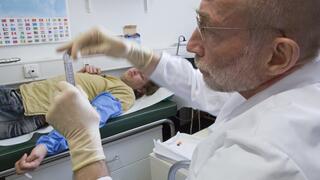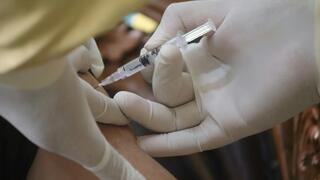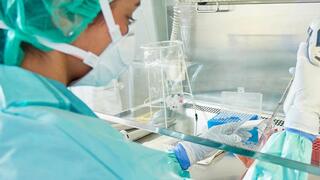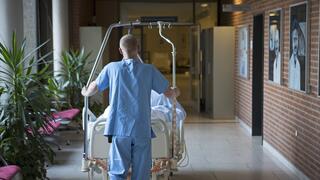Hospital pathogens
Short description
Hospital pathogens are microorganisms that patients can get infected with in connection with hospital treatment.
Synonyms
Nosocomial pathogens
Nosocomial
Detailed description
The most common pathogens that cause nosocomial infections—also called hospital pathogens or healthcare-associated pathogens—are summarised under the acronym ‘ESKAPE’. These include Enterococcus faecium, Staphylococcus aureus, Klebsiella pneumoniae, Acinetobacter baumannii, Pseudomonas aeruginosa and Enterobacter species. They can spread in hospitals and clinical facilities due to a lack of hygiene measures and the incorrect use of antibiotics, among other things. The increase in nosocomial bacteria that are resistant to antibiotics is particularly worrying. Healthcare-associated infections can lead to wound, bloodstream, respiratory and urinary tract infections, meningitis and other infectious diseases.









